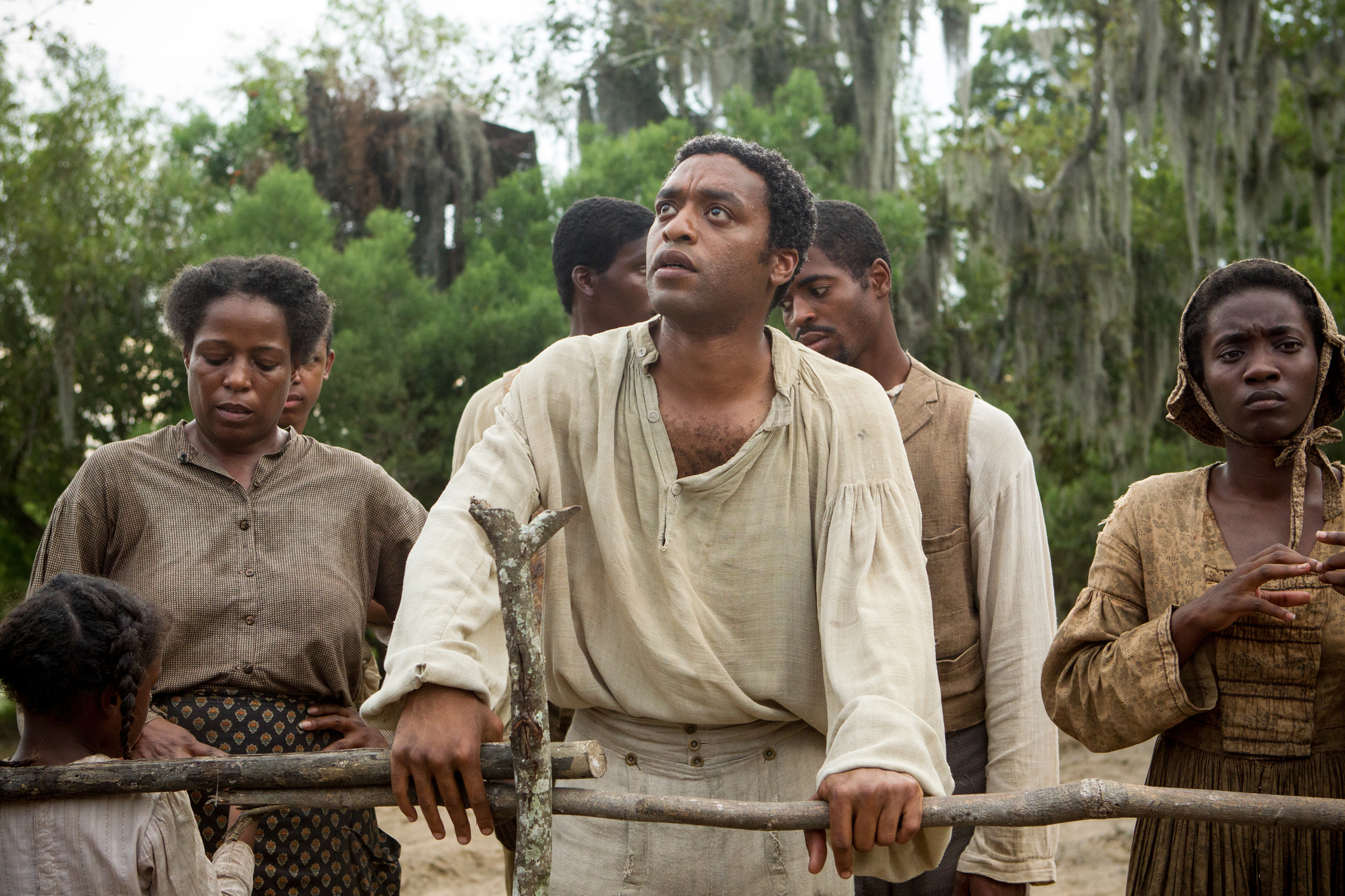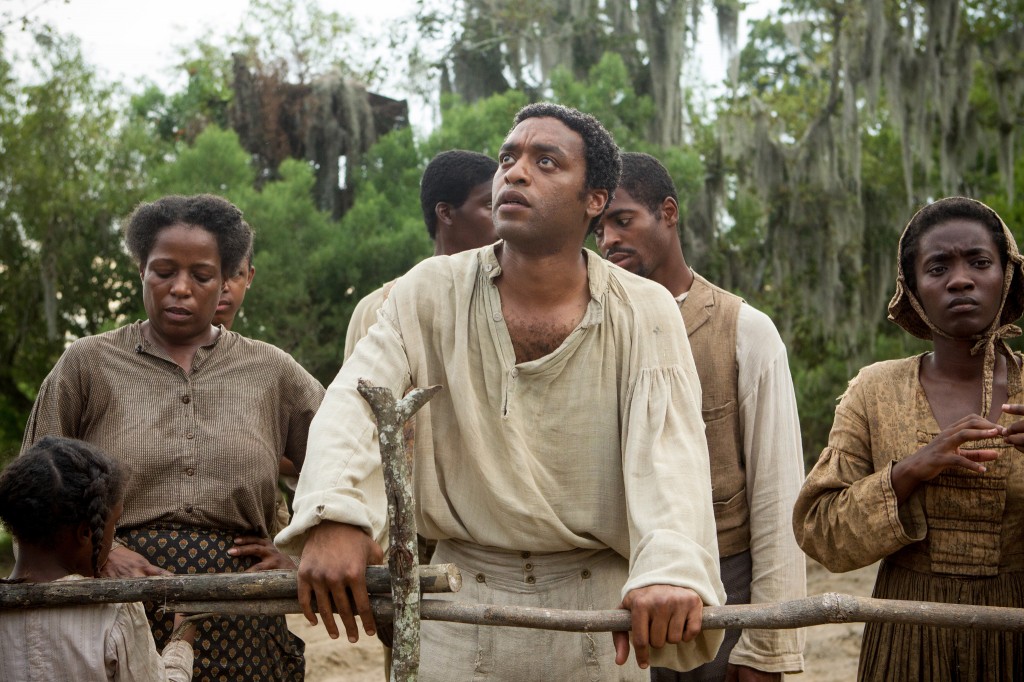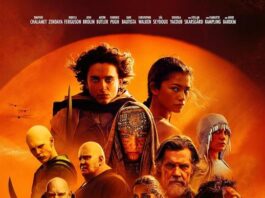By Michael Scoular (The Cascade) – Email
Print Edition: November 20, 2013
Steve McQueen, with 12 Years a Slave, has now made three films that take on large, pertinent, and political topics (the Irish hunger strikes, sex addiction, and pre-Civil War American slavery), only to pare away elements that would most easily mark them as ideologically bent, instead taking under consideration a single subject, with all the limitations of perspective that come with this approach. That hasn’t stopped people (mostly reviewers and festivalgoers) from blowing McQueen’s work up into ever-escalating claims of importance. In the case of 12 Years a Slave, some would have you believe this is a movie of unparalleled greatness, to the exclusion or replacement of all previous attempts to make a film on the subject of racism and violence in segregated America.
Part of this comes from the film’s degree of believability. While there are countless stories tied to slavery, Solomon Northup’s is an uncommon case of a detailed, personal account. As he was not born into slavery but kidnapped and illegally sold into it, Northrup’s educated literacy gave him the ability to write a document from a black perspective. McQueen’s method, turning biographical detail into physical reaction, a sort of word made flesh (with all that implies – upon the release of McQueen’s Hunger the word “transcendence” was liberally used), then takes over. This means elegant framings, slow push-ins on tableaux stagings, and, not shying away from, but an intentional encounter with brutality at every possible moment.
Northup (Chiwetel Ejiofer), we can assume, has known little violence against him as the film skips to the beginning of his story, but he is quickly immersed in it. There is no point past the first minutes of an early flashback where beatings, lynchings, the injustice of impossible orders, or any conceivable atrocity does not seem possible. John Ridley’s scenario never leaves the power relation that places Northup and other slaves in misery out of sight – there is always a plantation, trader, or the general anxiety of work without relief to live in fear of.
Performances, locations, and dialect give each sweep and hold of the camera a well-considered tactility, so long as realism is valued, and McQueen weaves in small looks, edits, and lines that reveal additional layers of complicity with racism. Different levels of status afford some slaves the ability to act as overseers, imitating the dealing out of punishment while thinking they can work within a system that thrives on their disposibility, Northup’s blindness to the status of other African-Americans while he lived as part of educated society is brought up, and the traders that appear to be not as bad as the villain that dominates the film’s second half (Epps, played by Michael Fassbender), recognizing Northup’s thoughtfulness or talent, are not let off the hook simply for offering a kind word.
Because 12 Years a Slave is committed to fact and unrelenting in its portrayal, where a movie like Django Unchained allowed the release of laughter from the cognitive dissonance of seeing violence carried out along racial lines, here there is portrayal that sternly accuses by its very existence. 12 Years a Slave is, basically, a horror movie set within a prison. Northup is its protagonist, but the thought common to the genre (pitting audience desires against the wills of onscreen characters) is connected to all of its cast, white and black. Different ways of dealing with power (Michael K. Williams, Benedict Cumberbatch, Alfre Woodard, Brad Pitt) show up, and each provokes a different take on what is an adequate response to what is taking place. Do any of them make sense? McQueen leaves this only slightly open for interpretation.
These points give 12 Years a Slave all of its clarity and immediacy, but they do not form the entirety of the film. What sets McQueen apart from many other directors is that he does not have an entertainment background. The influence of his past installation art, which often connected to cinematic ideas, is recognizable throughout his movies. While this often informs the shocking images in McQueen’s work (Northup’s first beating takes place in an expressionist void, slaves are often lined up in confined, camera-defined spaces, a hanging and a flogging scene discard any idea of patience and stretch out time), these are action scenes codified as artistic. Moving from gallery art to studio filmmaking, McQueen has mostly adopted the methods of other “artistic” directors tweaked to an extreme here or there, arriving late but with the same game of long take one-upmanship that thrived in the 80s (Scorsese et al.).
12 Years a Slave is a cinema of confrontation with suffering as its most frequently used method, and while the case can certainly be made that previous attempts to tell this story have been inadequate, relying on white protagonists or more open-and-shut narratives, nothing dominates conversation around minorities like modern crime or historical grievances, and McQueen does nothing to topple this notion or detail it in a new way. He makes its emotional translation more unavoidable, but, as was the case in the political prisoner story of Hunger, is completely uninterested in any political context or follow-through, save in post-fade-out title cards.
There is no way this film should be a once-and-for-all telling – to do so would forget the work of more inconsistent and less acclaimed, but no less vital filmmakers like Douglas Sirk, Spike Lee, Samuel Fuller, and Charles Burnett. Perhaps what is meant is simply that McQueen’s is the best of movies that occupy the setting of southern American slavery, but the subject—of allowing and indirectly aiding injustice—stays the same. What can change, and what McQueen has not with 12 Years a Slave, is the technique of following a character an audience more easily identifies with. While this is a story of slavery, its first injustice is that Northup is a free, educated man, a victim of kidnapping, and it is only through this Northup sees what people are capable of, what is going on in the world. He’s an exceptional case, and finds little bond for most of the movie with the other slaves around him. His story is told because he’s the one who wrote a book about it.





